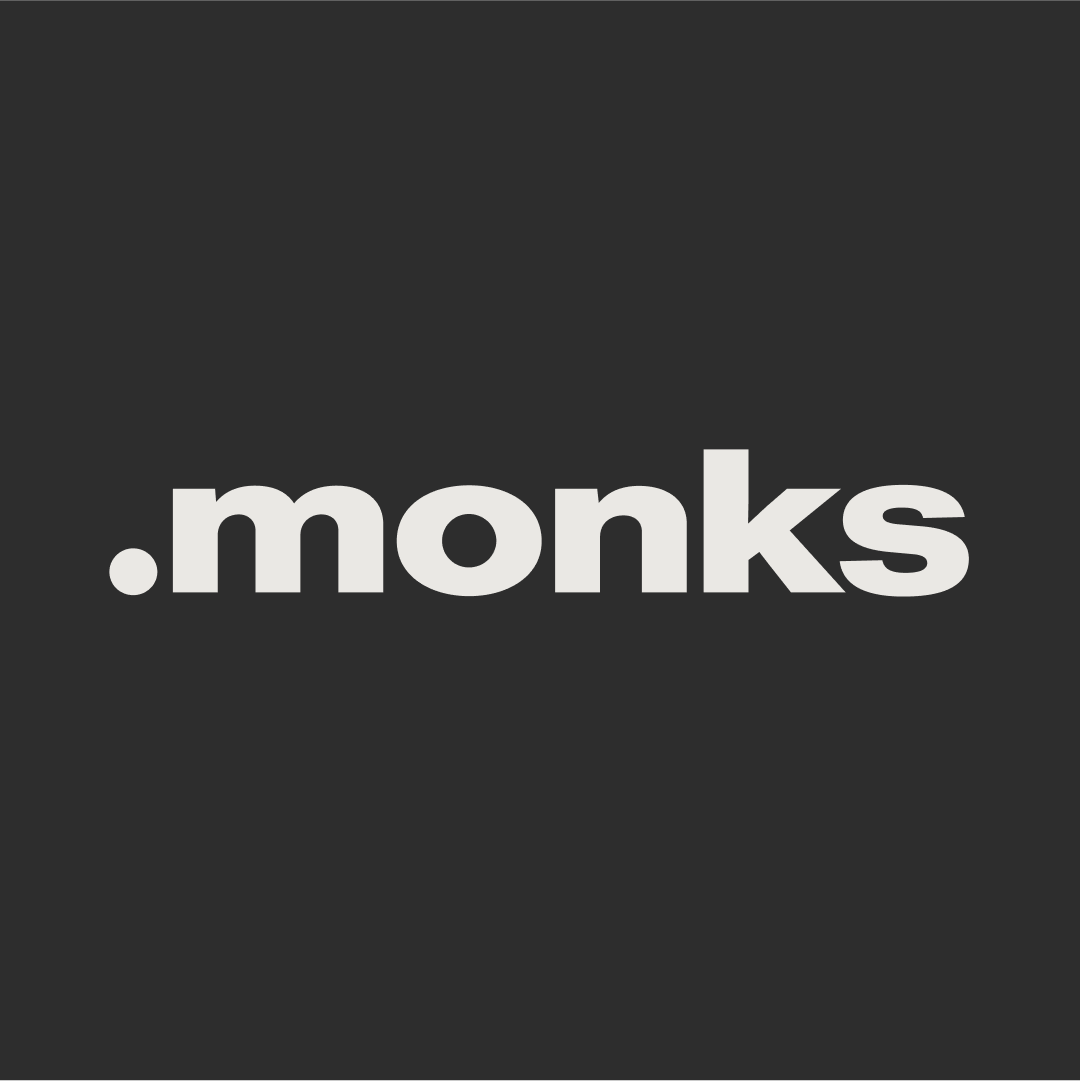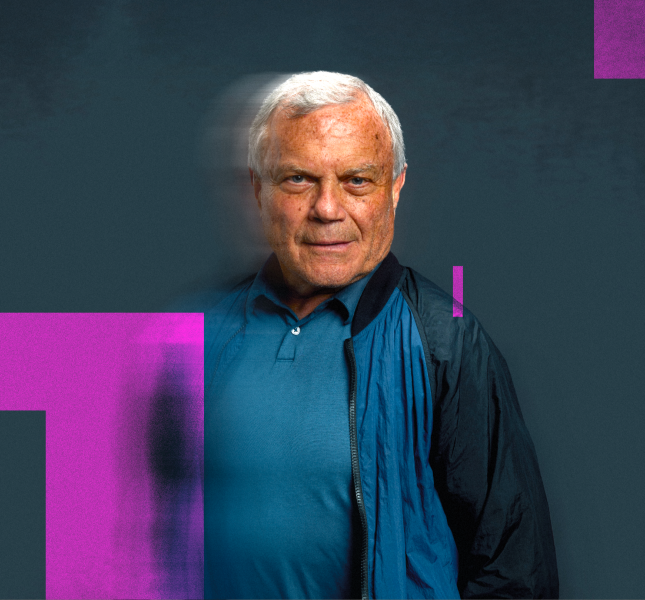Adapt to Agile in the Age of the Customer

Today’s brands must be more agile than ever. For one, there’s the need to produce always-on, personalized content at scale to continually engage audiences with relevance. Add to that the many different touchpoints that marketeers must support with a consistent and coherent brand image, and it’s clear that they face a real need in developing more efficient ways of working internally or collaborating with external partners.
Many have found success with the SCRUM process. Originally a product development teamwork strategy, it has since inspired ways of working on a variety of tasks, including creative. Its popularity is in its agile process designed for adaptive problem-solving, in which projects are broken down into a series of short-term tasks (called “sprints”) to be completed within a month or quicker. This process enables teams to frequently assess mistakes to avoid in the future, continually optimize processes and switch gears at a moment’s notice when new needs arise.
SCRUM is a popular agile method, but it’s not the only one. In fact, at MediaMonks we operate in a structure that we call Accountable Agile, in which trust is placed at the fore of the relationship. It combines the best from a handful of processes like SCRUM and Waterfall to provide some added flexibility to how we work alongside brands. And the “accountable” in Accountable Agile isn’t just lip service; it guarantees we can provide the highest-quality product to brands by operating within the model that works best for them. Below are some of the considerations we take to ensure smooth, efficient operations and quality of service.
Set the Pace That Benefits Your Organization
Some organizations hear about the agile process and think that it means they can quickly innovate by supporting any new idea on short notice—but this approach is messy, if not unsuccessful, and isn’t at all what agile is about. While the agile process is designed to help organizations become more flexible, its success ironically results from its heavily organized and strategic structure, requiring organizations take some steps to prepare themselves for agile collaboration.

The Jumbo app supports several differentiated features, like shopping via voice.
The process must begin by first identifying where your organization currently stands in its resources and organizational structure, which helps your partner begin planning how to best organize teams that fit. Take supermarket chain Jumbo for instance: its website and apps were handled by different teams, with only the website being supported in-house. As they sought to unify both environments in-house, we helped support by integrating UX and design team members directly into their development operations.
We organized efforts to make the most efficient use of resources while Jumbo scaled up their IT team. At first, the UX and design teams operated within their own silo to service all digital solutions. As the in-house team grew, we began transitioning UX and design into dedicated, multidisciplinary teams. The lockstep approach shows how brands can evolve their operations at their own pace.
On that note, brands that are just beginning to embrace an agile process must also consider how the initiative will integrate and work with other sides of the organization. Business Monk Joeri Lambert notes that “The rest of the organization may not be thinking agile yet,” and seeking approval from stakeholders across the organization—marketing, sales, operations and more—risks slowing down the overall process. That’s why Lambert says it is essential to have a project manager within your organization who has the power to approve within the sprint system.
Embrace the Iterative Process
So now that you know how a partner can help your team grow into an agile process, what about the flip side of the equation—how does it actually build upon a creative idea or business need? The sprint-based agile process is well equipped to iterate upon ideas, or even reorient into another direction by taking learnings from a post-mortem review.
Jumbo has a sizeable selection of wine and beer—so much that the supermarket’s customers could easily feel overwhelmed if they’re unsure what would pair with tonight’s dinner or fit their tastes. Jumbo wanted us to produce a beer and wine finder that would recommend a selection of drinks based on users’ responses to a handful of simple questions. Our UX and design personnel worked within their teams to produce the questionnaire.
We’re capable of helping a client go faster, but it requires taking the time to sit in a room to discuss rather than sell.
But the process didn’t end upon the questionnaire’s completion; it was only the first level. We knew that the tool could become more personalized based on whether the user was a novice or an aficionado, changing the questions based on initial responses. For example, you might ask a novice whether they prefer something fruity or dry—but a seasoned wine drinker might have more specific tastes. “This was too advanced to implement in the first step,” says Lambert, “so we gave everyone a taste of it, and slowly grew towards a more advanced method of questioning.” This is a process that we call “zero-to-one”: rather than boil the ocean with a level-10 experience, we start small to yield quick results for brands, which they can then use to gain buy-in and ladder up to larger, longer-term goals.
Just like with scaling up operations, iterating and improving upon a creative idea requires your partner to really understand and identify the goals you have in mind through your agile efforts. This requires close, continual alignment between parties. “To set up such a project, you need to onboard someone with more expertise than a salesperson,” says Lambert. “With our production experience, we’re well capable of helping a client go ten steps faster, but it requires taking the time to sit in a room to discuss rather than sell.”
Getting into the Agile Mindset
Many brands face an innovation imperative: the reality that they must continually improve their user experience by embracing new, often experimental technologies—and that they must do so quickly. But those who want to innovate must be prepared for a constant state of learning and experimentation. As MediaMonks founder Wesley ter Haar says, “Real innovation lies in learning how to start matching your products and services to evolve with user behavior.”
A flexible partner can help you grow into a more agile operational setup by helping you translate business outcomes into actionable goals. “You’re helping the internal organization to begin to think more agile,” says Lambert on the role that MediaMonks plays in its SCRUM processes. “We help them gather these challenges and bring these stakeholders together.”
Related
Thinking
Sharpen your edge in a world that won't wait
Sign up to get email updates with actionable insights, cutting-edge research and proven strategies.
Monks needs the contact information you provide to us to contact you about our products and services. You may unsubscribe from these communications at any time. For information on how to unsubscribe, as well as our privacy practices and commitment to protecting your privacy, please review our Privacy Policy.



